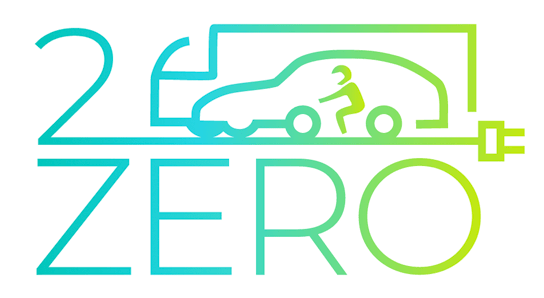MAT4BAT
Advanced Materials for Batteries

- Framework: FP7
- Type: IP
- Status: Ongoing
- Category: Electrification (FEV/PHEV)
- End Date: 28/02/2017
- Vehicles: Passenger cars
Li-ion technologies initiated in the 90’ at a fast development pace thanks mainly to emerging ICTs with more than 20 GWh sold in 2010. Soon, it appeared as a credible technology for electrical vehicles as it could provide average energy densities of about 140 Wh/kg. However and since then, major breakthroughs have been expected to reach higher storage levels of 250 Wh/kg on battery system level with an acceptable lifetime of 3000 cycles in order to develop an affordable economical business plan for car batteries. MAT4BAT builds-up its EVs battery strategy on advanced materials and pilot line processes, proposing three novel concepts of cells initiating from a state-of-the art combination of cell materials (NMC/Carbonate liquid electrolyte/Graphite). MAT4BAT will address all critical ageing mechanisms associated to this technology and having direct impacts on product lifetime & safety by implementing two work programs for Battery Assessment (#1) and Battery Technologies (#2).
Program #1 will set a framework to define critical charging modalities for a battery system during practical use and associated testing tools & methods for relevant functional performance & lifetime assessment. Within this framework, the program #2 will implement three generations of cells with a focus on electrolytes which will be steadily transformed from Liquid to Gel to All- Solid state electrolytes in order to promote substantial gain in cell lifetime and safety by preventing degradations and hazards and improving energy density with a separator-free cell (all-solid state electrolyte). 100 state-of-the-art commercial cells will be assessed to define normal and critical charge/discharge conditions of testing with appropriate testing protocols. Besides, materials increments will be screened out on coin-cells prior a benchmarking of most promising materials at full cells level. Eventually,(10-40 A.h) prototypes will be produced to validate MAT4BAT best technologies against quantified objectives.
